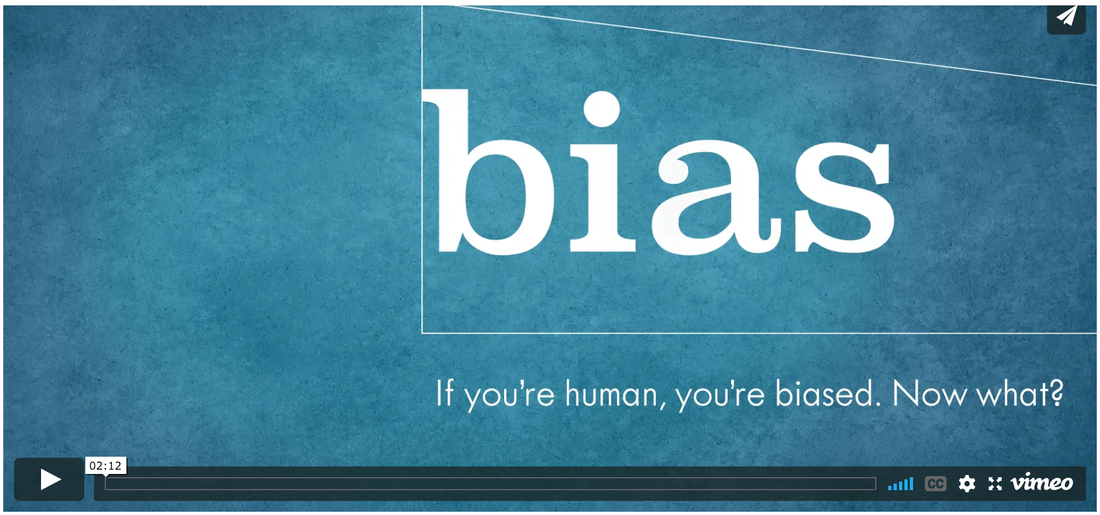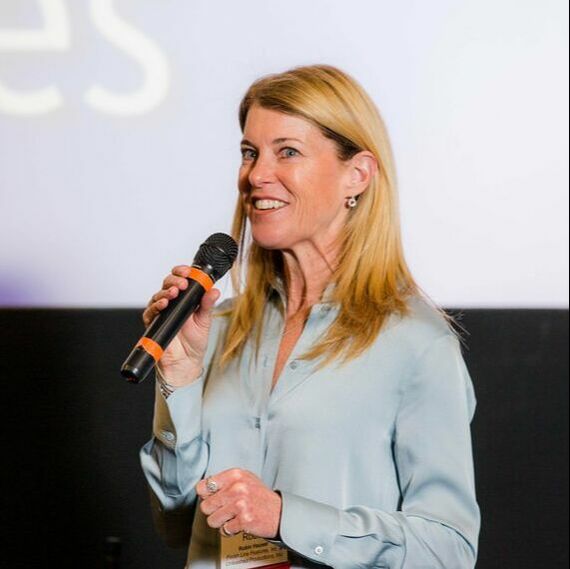|
Last week I attended a private viewing of the 2018 documentary film Bias and a bonus chat with Director Robin Hauser. The event was sponsored by Washington Women's Leadership Initiative, and it was awesome! I thought I’d write up a few key nuggets that I walked away with, for the benefit of anyone who could not join. Feel free to chime in if you attended, as it was hard to take notes in a dark theater. Hauser is interested in exploring unconscious bias, the bias that is below the threshold of consciousness, and specifically how it relates to gender and race. This film features many of the top researchers in the field including Tony Greenwald and Mahzarin Banaji, co-founders of Project Implicit at Harvard University. They are best known for the IAT (Implicit Association Test). I highly recommend going to this site to take one of their tests and examine your own implicit bias. It’s completely free, and the results will have a lasting impact on you, guaranteed.  View the trailer for a sneak peak. Here are some of the highlights:
 If you saw the film, please chime in to add or build off of anything I mentioned. There was so much information packed into this film. It both educates and entertains. Loved it! Thank you WWLI for hosting this wonderful event!
0 Comments
Your comment will be posted after it is approved.
Leave a Reply. |
AuthorLaura Mendelow |
|
|
©2020. All Rights Reserved. Mendelow Consulting Group, LLC.




